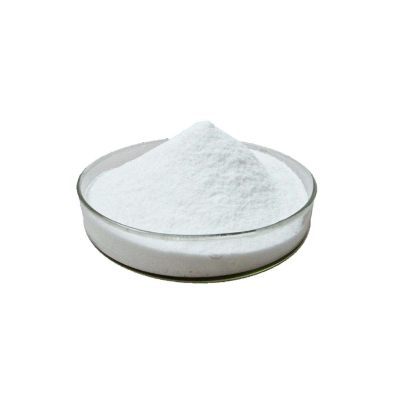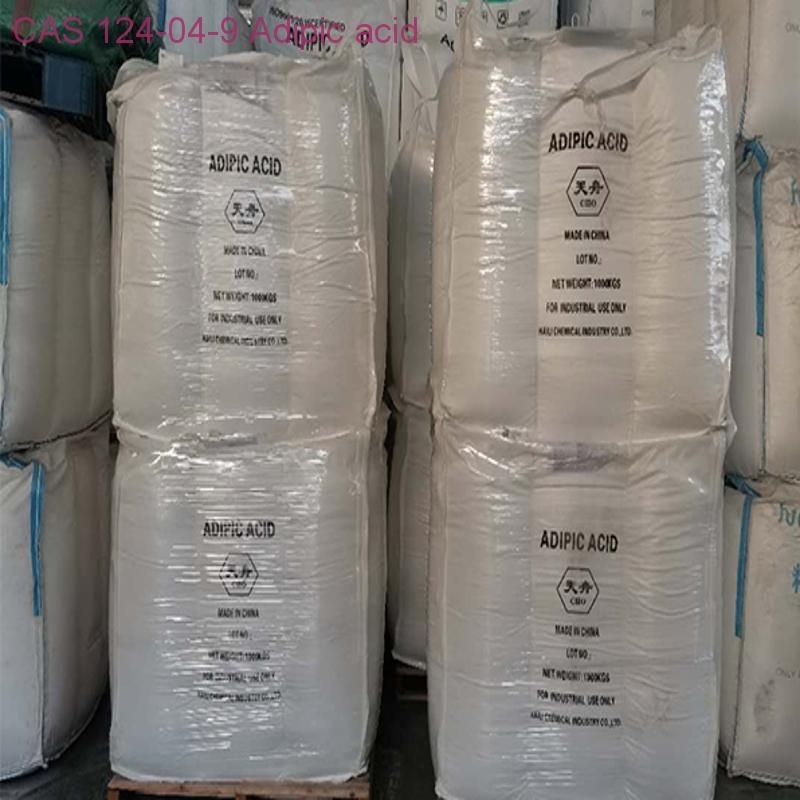-
Categories
-
Pharmaceutical Intermediates
-
Active Pharmaceutical Ingredients
-
Food Additives
- Industrial Coatings
- Agrochemicals
- Dyes and Pigments
- Surfactant
- Flavors and Fragrances
- Chemical Reagents
- Catalyst and Auxiliary
- Natural Products
- Inorganic Chemistry
-
Organic Chemistry
-
Biochemical Engineering
- Analytical Chemistry
-
Cosmetic Ingredient
- Water Treatment Chemical
-
Pharmaceutical Intermediates
Promotion
ECHEMI Mall
Wholesale
Weekly Price
Exhibition
News
-
Trade Service
Thiamine hydrochloride, also known as thiamine cloride or vitamin B1, is an essential nutrient for humans and animals.
It plays a crucial role in several metabolic processes, including the metabolism of carbohydrates, proteins, and fats.
Thiamine hydrochloride is widely used in the pharmaceutical and food industries as a nutritional supplement and a preservative.
The production process of thiamine hydrochloride involves several steps, including extraction, purification, and crystallization.
In this article, we will discuss the production process of thiamine hydrochloride in detail.
Extraction:
The extraction of thiamine hydrochloride involves the isolation of the vitamin from its natural sources such as yeast, liver, and heart.
The most common method of extraction is solvent extraction, which involves the use of water-soluble solvents such as ethanol, acetone, or hexane.
The solvent is added to the powdered material, and the mixture is stirred for several hours.
The solution is then filtered to remove any insoluble impurities, and the solvent is removed under reduced pressure.
The resulting residue is then treated with hydrochloric acid to form thiamine hydrochloride.
Purification:
After extraction, the thiamine hydrochloride is purified to remove any impurities that may be present.
The purification process involves several steps, including filtration, crystallization, and chromatography.
Filtration is used to remove any insoluble impurities, while crystallization is used to separate the thiamine hydrochloride from other components in the solution.
Chromatography is a more advanced technique that uses a column packed with a solid support to separate the thiamine hydrochloride from other components in the solution.
Crystallization:
After purification, the thiamine hydrochloride is crystallized to produce pure crystals.
Crystallization is a simple and effective method of separating the soluble thiamine hydrochloride from the insoluble impurities.
The crystallization process involves dissolving the purified thiamine hydrochloride in a solvent such as water or ethanol and allowing the solution to cool slowly.
The resulting crystals are then collected and dried to remove any moisture.
Powder Characteristics:
After crystallization, the thiamine hydrochloride crystals are dried and ground into a fine powder.
The powder characteristics of thiamine hydrochloride are critical for its use in the pharmaceutical and food industries.
The powder should be free-flowing, stable, and have a uniform particle size.
The particle size is important because it affects the dissolution rate of the vitamin in the body.
Microbiological Assay:
The purity of the thiamine hydrochloride is determined by a microbiological assay, which involves the use of microorganisms to measure the amount of thiamine hydrochloride present in the sample.
The assay is performed by adding the sample to a nutrient agar plate and incubating the plate for several days.
The growth of the microorganisms is then measured, and the amount of thiamine hydrochloride present in the sample is calculated based on the growth of the microorganisms.
Chromatography:
In some cases, the purity of the thiamine hydrochloride may be further confirmed by chromatography.
Chromatography is a technique that separates the components of a mixture based on their physical and chemical properties.
The thiamine hydrochloride is separated from other components in the solution by passing the solution through a column packed with a solid support.
The various components of the mixture are separated as they pass through the column, and the thiamine hydrochloride can be







